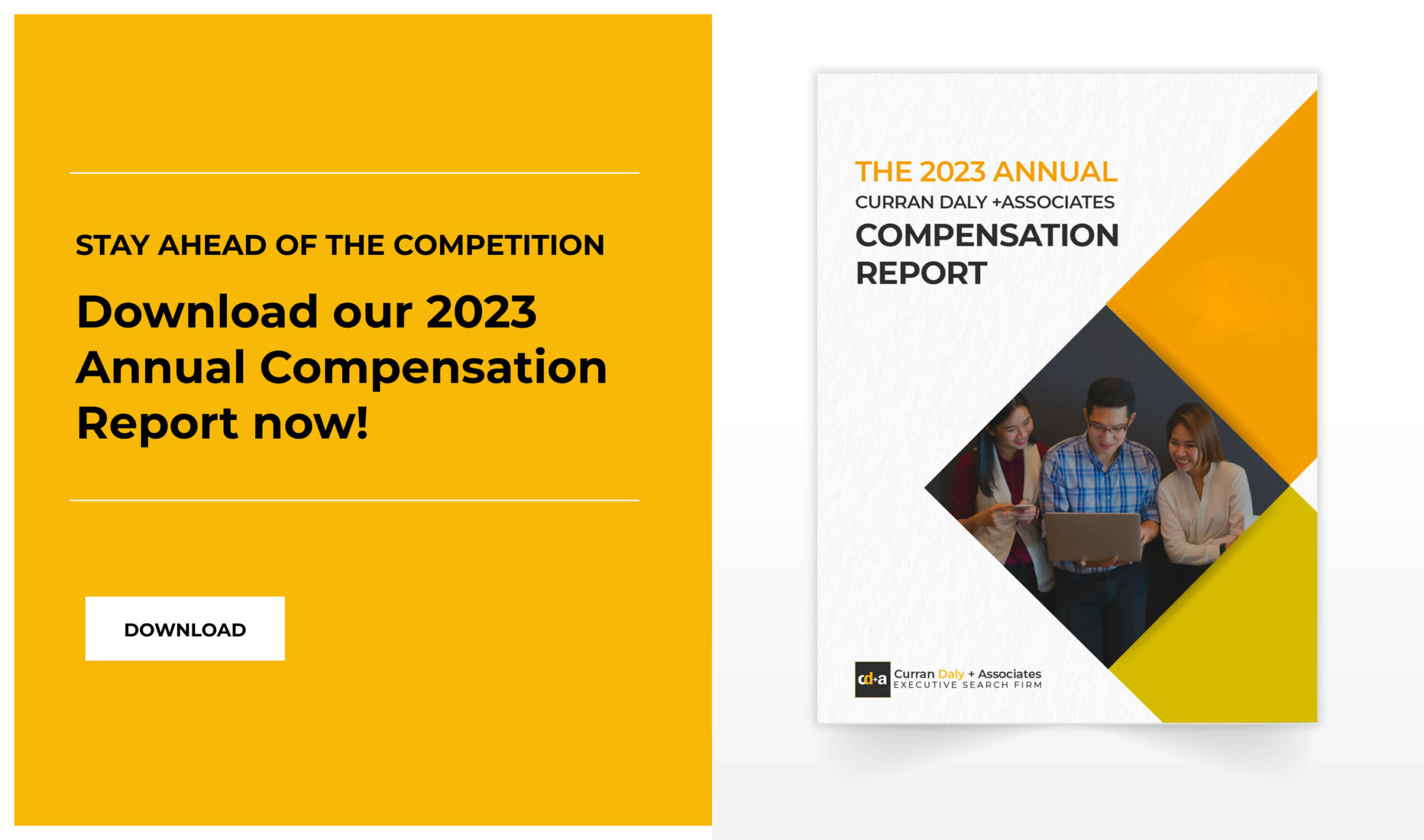- Overseas Filipino Workers (OFWs) are the country’s heroes of today. In a globalizing world, their growing number has many implications for the country’s development.
- The effects of the “push and pull” factors are quite hard to ignore. More laborers are searching for jobs abroad in search of economic security, especially in the Middle East.
- The Department of Labor and Employment’s National Reintegration Center for OFWs (NRCO) offers programs that help returning migrants reintegrate with society.
- The main premise of the Reintegration Program is to make overseas work only one of the options for families and individuals to live better lives.
- A great mindset would be identifying that reintegration is not just bringing back a migrant’s savings. Instead, it is also about being able to use one’s accumulated experience for the development of local industries
The changing production patterns globally have affected labor mobility across borders. This is partly due to the attention drawn by the growth of migrant patterns and efforts to understand the subject more.
Most of the clamor comes from the growing diversity of the people affected by this phenomenon. The Philippines has been a labor-sending country since the 1970s. Migration has been the solution of workers and their families to the financial problems since then.
Overseas Filipino Workers (OFWs) are the country’s heroes of today. In a globalizing world, their growing number has many implications for the country’s development.
The Filipino Diaspora
With the spread of Filipinos to almost every corner of the world, it is no wonder that it is one with the highest rates of migration.
The effects of the “push and pull” factors are quite hard to ignore. More laborers are searching for jobs abroad in search of economic security, especially in the Middle East.
From April to September 2018, the Philippine Statistics Authority reported around 2.3 million OFWs abroad. They were able to remit an amount of approximately 235.9 billion pesos within that period.
Of these OFWs, 24.3% worked in Saudi Arabia, 15.7% in the United Arab Emirates, and 5.2% worked in Qatar, says the Philippine Statistics Authority.
Recruitment consultant and migration expert Manny Geslani said that for 2019, “the Middle East is still the largest labor market for OFWs.” Over 70 percent of new hires go to countries in the region.
The Science Education Institute (SEI) also shows that the Middle East is one of the most consistent importers of OFWs. Saudi Arabia tops the list of science and technology work destination, followed by the United Arab Emirates.
In a short interview, SEI Director Dr. Filma Brawner said that most OFWs in Saudi Arabia and the UAE are nursing and midwifery professionals. Some are engineers, while the rest work in physical and mathematical science industries.
Reintegration of OFWs and Filipino Expats Abroad
The International Labor Organization defines return and reintegration as the process of going back to one’s country of origin, including preparation and implementation.
Like other countries, the Philippines does not have a grand mechanism of collecting data on returning migrants and expats. There is a lack of data on returning expats and reintegration, and knowledge on the phenomenon is very limited.
The Department of Labor and Employment’s National Reintegration Center for OFWs (NRCO) offers programs that would help the returning migrants reintegrate with society.
There is a need for a holistic understanding of the whole labor migration cycle for such programs to take place. The Philippine government manages the flows of migration through a 4-pronged strategy found in RA 8042.
1) Regulation involves several official interventions to help the return of the OFW. New interventions include a licensing system for recruitment agents and an employer’s agreement. The latter focuses on assisting OFWs’ return to the Philippines upon contract expiration.
2) Protection of OFWs should be both on and offsite. Onsite protection includes quick responses to harassment, maltreatment, and contract violations.
Offsite protection, on the other hand, includes country-specific pre-employment orientations on the risks, challenges, and gains of overseas work. It also covers health insurance, life insurance, housing, and social security.
Great and helpful add-ons are the seminars and services guiding the OFWs on their investment decisions upon their return to the country.
3) Providing support for family refers to the assistance given in ensuring the well-being of the OFW family. Programs here include a range of interventions that would keep family ties stronger, given the distance.
Capacity-building sessions in entrepreneurship are also given to encourage a sustained livelihood. This banks on the idea that eventually, the OFW and the family will no longer prefer overseas work as the only source of income.
4) Reintegration involves encouraging and preparing Filipino expats to be productive contributors to the domestic economy. The National Reintegration Center for OFWs (NRCO), established in March 2008, manages this.
The programs allow OFWs to avail reintegration packages consisting of loans, counseling, and training and retraining of skills. Scholarships are available too, to ease personal, economic, and community reintegration.
The main premise of the reintegration program is to make overseas work only one of the options for families and individuals to live better lives. Here are some of the industries expats from the Middle East can venture into.
-
Construction
. Returning OFWs are assured of domestic employment in the construction industry are. The government’s Php 8.2-trillion infrastructure budget boosts job generation.
“There will be a lot of jobs in the Philippines. If they [OFWs] want to come home, they are welcome to come home,” said then Budget Secretary Benjamin Diokno.
He added that through government infrastructure projects, employment in the industry would rise to 6 million by 2022.
-
Wholesale and retail trade.
Various state agencies have gathered to agree on providing business assistance to OFWs and their families. By providing training and business loans, OFWs can start their own business.
-
Financial services and insurance.
The Philippine insurance industry is experiencing positive growth. The Insurance Commission reported an 18% growth of the total premiums from 2017 to 2018.
OFWs can dwell in this industry as financial and portfolio managers, insurance claims specialists, and account officers. The industry is perfect for returning OFWs as it gives reasonable pay and freedom to meet clients anytime and anywhere.
-
IT-BPO industry.
The growth of the Philippine BPO industry is phenomenal. The country has been a world leader in the BPO industry since 2010, even surpassing India.
Experts say that by 2022, BPO revenues will outpace OFW remittances. This gives more space for returning OFWs to find jobs in BPOs.
Even with zero experience, BPOs hire newcomers and give competitive compensation, benefits, and world-class training. With the talent and openness to use new skills, returning OFWs can find a suitable job in this industry while being with their loved ones.
How Employers Can Benefit from the Experiences of Returning Filipino Expats
The reintegration program is also set to identify the skills OFWs have gained abroad.
Rodriguez and Horton found in 1995 that OFWs generally return 4 to 6 years after migrating. This is dependent on the unemployment rate of the region of return. The time frame is enough to gain skills and familiarity with workplace dynamics abroad.
A great mindset would be identifying that reintegration is not just bringing back a migrant’s savings. Instead, it is also about being able to use one’s accumulated experience for the development of local industries.
Here are some ways on how you, as an employer in the Philippines, can gain an advantage from the experiences of returning expats in the Philippines:
1) Opportunities to return and reintegrate must be presented to OFWs before they leave the country.
Filipino expats contribute billions of dollars to national coffers with their remittances. The Bangko Sentral ng Pilipinas recorded a total of $28.1 billion worth of remittances in 2017.
All these come with considerable social and personal costs. These include the chances of families breaking apart or children growing up without their parents. The country also suffers from the “brain drain” phenomenon as more Filipinos seek greener pastures overseas.
Yet, Overseas Workers Welfare Administrator Hans Leo Cacdac points out a better light. “What if these OFWs decide to come back and use the experience and resources they’ve earned working abroad here?”
“Reintegration is an empowering concept. You are leaving to reintegrate,” he adds. It has become a way to genuinely “harness the gains of migration,” especially when the diaspora of Filipino workers is not showing any sign of slowing down.
Changing the migration paradigm is a necessary step to promote among OFWs the consciousness to reintegrate even before they leave the country and start their journey abroad.
2) Returning OFWs and employees are good re-hires, considering the experiences they have gained abroad.
The implementation of the reintegration program is a multi-sectoral concern. Employers from the private sector are aligning their goals with the program by hiring or re-hiring staff.
Steel Asia Manufacturing Corporation, a Philippine-based steel company that heavily invests in training, has realized this. Around 5 to 7% of their skilled workers leave to work overseas every year.
The training they give their employees are highly valued by the recruiters of similar companies abroad, according to their Assistant Vice President for Market Development Rafael Hidalgo.
“The steel industry in the Middle East especially likes Filipino workers. And among Filipino workers, they like Steel Asia’s workers because of the training we give them,” he says. In this, however, they saw an opportunity: re-hiring these skilled workers back but this time, as managers and supervisors.
“We train them. We will lose them, but we keep on training them. When they return, we still train them,” Hidalgo adds.
Companies like Steel Asia are willing to pay more for their returning employees, considering the experiences and skills they have gained abroad. This way, the company does not worry about their training going to waste.
3) Employers gain a competitive edge by having employees who have better cultural intelligence (CQ).
OFWs are also vital contributors to the development of the country because of the skills they would have gained abroad.
The Philippine Overseas Employment Administration (POEA) identifies the top five OFW jobs in the Middle East to include domestic work, healthcare, construction labor, skilled construction, and engineering.
It is unavoidable for OFWs to grow and learn many and different types of skills with all these types of jobs. Some go home prematurely due to homesickness, which leads to work abandonment.
Most OFWs, however, deal with new workplace environments and learn many things about their host country. They can acquire local jargon and basic communication and negotiation skills in the style of the nation.
The concept of cultural intelligence is not very popular locally. Atanacio Panahon of the Ateneo School of Business, however, points out that it is one of the primary keys of improvement for our outgoing workers.
Cultural intelligence is the “measure of a person’s capability to function effectively across cultures—whether in terms of work or personal relationships.”
Returning OFWs are believed to have better CQs. They can impart new knowledge and techniques, especially today, when working places are multicultural. Employers can suffer the disadvantages of a low CQ.
The Regional Development Council Chair and Davao del Norte Governor Anthony del Rosario say opportunities for OFWs should rise, now more than ever.
“When you’re an OFW, you learn more abroad, and because of the knowledge you’ve learned outside, you will be able to provide additional knowledge when you come back to the Philippines,” he said.
4) Employers can gain insight into local customs and workplace dynamics of a different country.
While most Filipinos go abroad for economic reasons, some learn a foreign language or search for challenges to build their character. Others get more excited about the novelty of living in a different setting or of cultural exploration.
Through time, OFWs can acquire and add to their experiences with their excellent and effective problem-solving measures. Filipino employers can know of these best practices when they re-hire OFWs.
“We need people who are more knowledgeable, people who are more creative, who can think outside the box. These are usually OFWs who have experiences that [we] will not be able to get in the Philippines,” del Rosario added.
OFWs can also replicate any kind of learning they have abroad, especially those from first world countries, adds del Rosario.
5) Employers have more chances of getting employees with foreign language skills.
Most OFWs, especially those working abroad for quite some time, could already speak like locals. Learning a new language could be quite hard, but a Filipino’s patience, drive, and passion can outdo such challenges.
The Technical Education and Skills Development Authority (TESDA) is encouraging outgoing and repatriated OFWs to avail the agency’s free language skills training. The National Language Skills Institute offers the training.
The original proposal was to help OFWs get higher chances of finding better jobs abroad. This time, the training could also be a way to formalize the language skills learned by returning OFWs.
Returning OFWs can now have a stronger knack in using other languages. A more language-savvy local talent can also help employers in understanding foreign clients and agreements.
TESDA offers English, Japanese, Spanish, Mandarin (Chinese), Italian, Arabic, and Korean language courses in more than 30 TESDA Training Institutions nationwide.
Looking for anything?
Curran Daly and Associates is one of the most trusted executive recruitment and search firms in the Philippines. Our team consists of experienced, well-connected headhunters who have helped global organizations solve a wide array of recruitment needs.
Talk to us and allow us to help you refine your search.
References
ABS-CBN News. (2014, December 25). OFWs return home to find jobs at BPO. Retrieved from https://news.abs-cbn.com/global-filipino/12/24/14/ofws-return-home-find-jobs-bpo
Alburo, F., & Abella, D. (2017). Skilled labour migration from developing countries: Study on the Philippines (51). Retrieved from International Labour Office Geneva website: https://www.ilo.org/wcmsp5/groups/public/—ed_protect/—protrav/—migrant/documents/publication/wcms_201780.pdf
Ancheta, D. (2017, October 1). 3 insightful reasons why cultural intelligence is important. Retrieved from https://manilaforaday.com/3-insightful-reasons-why-cultural-intelligence-is-important/
Arado, J. (2017). OFWs’ skills can help in PH dev’t. Retrieved from https://www.sunstar.com.ph/article/409588
Arayata, C. (2018). TESDA urges OFWs from Kuwait to learn language skills. Retrieved from https://www.pna.gov.ph/articles/1029421
BDO Unibank. (2018). Top 5 OFW jobs in the Middle East. Retrieved from https://www.sunstar.com.ph/article/1773831
Calzado, R. (2007). Labour migration and development goals: The Philippine experience. Retrieved from International Organization for Migration website: https://www.iom.int/jahia/webdav/shared/shared/mainsite/microsites/IDM/workshops/global_labour_mobility_0809102007/presentations/paper_calzado.pdf
Dy Kam, F. A. (2016). The push and pull factors of the Filipino labor migration in the Kingdom of Bahrain. International Advanced Research Journal in Science, Engineering and Technology, 3(1), 102-112. Retrieved from https://iarjset.com/upload/2016/january-16/IARJSET%2022.pdf
Fortuno-Mioten, E. (2019). Steadily expanding over time. Retrieved from https://www.bworldonline.com/steadily-expanding-over-time/
Galvez, D. (2018). Deployment of OFWs in Middle East seen to decline further in 2019. Retrieved from https://globalnation.inquirer.net/172214/deployment-of-ofws-in-middle-east-seen-to-decline-further-in-2019
Go, V. (2017, May 29). The new OFW: Online Filipino workers. Retrieved from https://www.philstar.com/the-freeman/cebu-business/2017/05/29/1704833/new-ofw-online-filipino-workers-1
Hapal, D. K. (2017). Changing the narrative on OFW reintegration. Retrieved from https://www.rappler.com/nation/183914-ofw-reintegration-narrative-change
Ordinario, C. (2016, November 23). Returning OFWs now assured of local jobs?. Retrieved from https://businessmirror.com.ph/2016/11/23/returning-ofws-now-assured-of-local-jobs/
Panahon II, A. (2011). Developing cross-cultural competence in adult learning in the ASEAN context. Ateneo Graduate School of Business, 9. Retrieved from http://gsb.ateneo.edu/wp-content/uploads/2015/02/op_no_9_-_developing_cross_competence_in_adult_learning.pdf
The Philippine Business and News. (2019, May 2). DTI, OWWA, TESDA to provide training and business assistance to returning OFWs & their families. Retrieved from https://thephilbiznews.com/2019/05/02/dti-owwa-tesda-to-provide-training-and-business-assistance-to-returning-ofws-their-families/
Philippine Overseas Employment Agency. (n.d.). Migrant workers act of 1995 (RA 8042). Retrieved from http://www.poea.gov.ph/laws&rules/files/Migrant%20Workers%20Act%20of%201995%20(RA%208042).html
Philippine Statistics Authority. (2019). Total number of OFWs estimated at 2.3 million (Results from the 2018 survey on overseas Filipinos). Retrieved from https://psa.gov.ph/content/total-number-ofws-estimated-23-million-results-2018-survey-overseas-filipinos
Rodriguez, E., & Horton, S. (1995, July 10). International return migration and remittances in the Philippines. Retrieved from University of Toronto, Department of Economics website: https://econpapers.repec.org/paper/tortecipa/horton-95-01.htm
Science and Education Institute. (2011). Most S&T OFWs go to Middle East – SEI study. Retrieved from http://www.sei.dost.gov.ph/index.php/news-archive/9-most-s-t-ofws-go-to-middle-east-sei-study









0 Comments